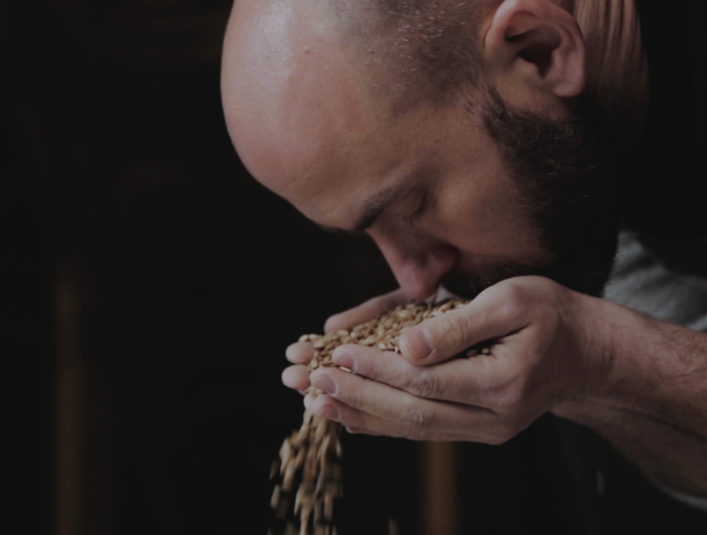
Although different cereals can be used for the production of whisky (wheat, rye, corn, and so on), barley remains the most suitable option from an aromatic point of view. This is why it is the most popular choice when it comes to making premium whiskies. There are different varieties of barley, and to make Glann Ar Mor for example, we chose to use Maris Otter barley; an old variety that brings authenticity and delicacy to our Single Malt. Celtic Whisky Distillerie takes care to choose high-quality barley and uses the services of maltsters renowned for their excellence.

Barley Selection
Not all barley qualities are equal. For example, it is important to select barley rich in starch that can be transformed into fermentable sugar, and eventually, into alcohol. For this transformation to take place the barley must be malted as the starch cannot be assimilated by the yeasts in its raw state. Celtic Whisky Distillerie is well aware of the importance of barley with regard to character and aromatic palette and uses the best maltsters in the Celtic world to provide malts of impeccable quality.

After the barley has been harvested malting consists of allowing the grains to germinate. The process of turning the barley into malted barley takes about a week. This is the initial phase of whisky production. The malting process consists of four stages.
During mashing, the grain is moistened and oxygenated, when the optimal moisture content is reached the germ and rootlets appear. This process takes about 40 hours.
Germination is the second stage of malting. First, the grain is spread out on a perforated, ventilated tray and gently stirred at regular intervals. Over several days the germ develops. At the end of the process the plumule (the stem of the grain resembling a small feather) grows and the rootlets appear to be wilted: this is called green malt.
Next, the kilning stage aims to transform the green malt into kilned malt. Through the combined action of heating and drying the germination process is stopped and the flavours develop. It is at this point that the peat, which is particularly important for our Kornog single malt, can be incorporated. After a few dozen hours of kilning the malt is cooled and its moisture content drops and stabilises.
During degerming the malt is “shaken” to remove the rootlets and allow the residues to be removed. It is then ready to be used in the production of our whisky.
Alcohol abuse is dangerous to your health. consume in moderation.